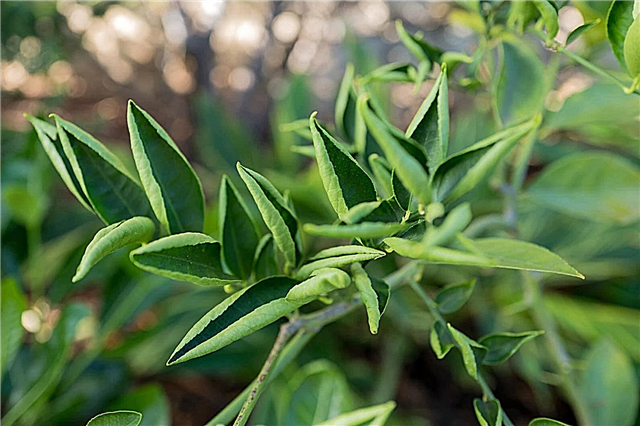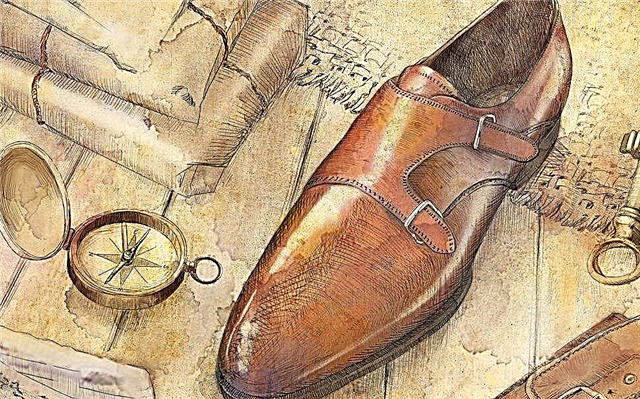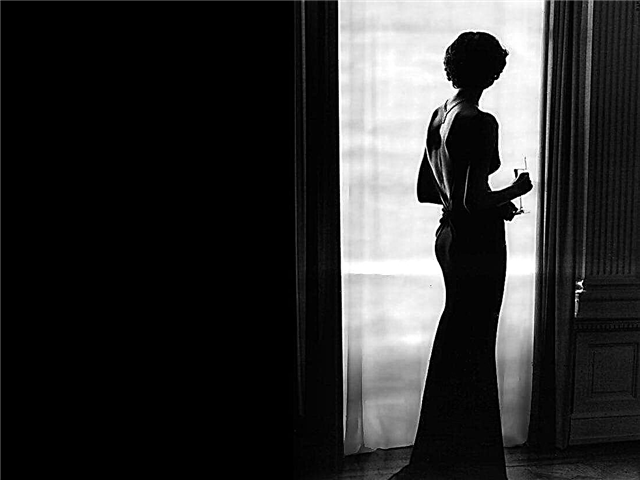
Airplanes have become part of everyday life and the same vehicle as a car or train, so few people think about the intricacies of their production. In this case, we are talking about the correct processing of the housing.
What is resistance and what is its importance?
During the flight, the aircraft is subjected to drag. This is the force that prevents the aircraft from moving through the air. It includes several types of resistance: parasitic and induced. The first type of resistance got this name, because it does not help the plane fly, but only creates obstacles. Turbulence, friction, and braking occur. And the induced resistance always appears when the aircraft rises. It is formed due to the lifting force created by the wings or rotors of the aircraft.
A variety of parasitic resistance is surface friction. This is the resistance that appears when the surface of an airplane comes in contact with air moving towards it. Ideally, the surface of the vehicle should be as flat and smooth as possible, but to achieve such performance is not easy. After all, an airplane cannot be a monolithic object. Its fuselage and the rest of the elements consist of many carefully bonded parts.

So, the lift keeps the plane in the air.Frontal resistance prevents the aircraft from flying, slows it down, and contributes to additional fuel consumption. Thus, aerodynamic quality is a key parameter for an aircraft. It is the ratio of lifting force and drag at a given angle of attack. The lower the drag and the higher the lift, the better the quality of the aircraft. This is why it is important to minimize resistance.
How to reduce resistance?
Engineers try to minimize irregularities, remove all parts protruding above the wing surface and create additional friction. In particular, the fasteners are made recessed. The essence of all manipulations is to ensure the free movement of air along the body of the aircraft. Another way to reduce resistance is to process the skin of the aircraft body. The main goal is to achieve a flat and smooth surface.
Interesting fact: in the first aircraft, the hull was not sheathed at all - only the wings, using a canvas impregnated with varnish. Later they began to sheathe the entire plane with varnished veneer, plywood. With the development of aircraft construction, they preferred to use corrugated or smooth aluminum. Now they use only smooth metal. If there were light aircraft with linen sheathing, then this is very rare. Gradually, it is replaced with a polymer film.

The hulls of all modern aircraft are painted. Previously, when the casing was made of aluminum, this procedure was considered useless.The surface shone thanks to regular polishing. In addition, the paint added weight. For example, at the beginning of the XXI century, the weight of the paint, applied evenly on the Boeing 767-300, was 136 kg. If you draw only a couple of elements on the same plane, you can limit yourself to 92 kg of paint. To paint later models of aircraft of the same company, 360-450 kg of paint was already required. However, experts found that partially painted planes are becoming more expensive. For their maintenance you have to spend 130 thousand dollars a year more.

Gradually, all companies came to the conclusion that full staining is necessary. Moreover, the lining materials that replaced aluminum are not polishable. The paint allows you to reduce the impact of the environment, increase the smoothness of the surface, visually identify the belonging of the company board. Small roughnesses after staining contribute only 0.3% to the total resistance coefficient. Specialists are testing new paint application techniques that will reduce friction, turbulence and fuel consumption.
Additionally, the body is covered with a thinner layer of varnish (30-40 microns). It is important to maintain a clean surface, and due to varnish treatment insects, dirt and dust particles do not stick to the body. Before each take-off, the aircraft is watered with water and treated, if necessary, with anti-icing fluids.
During the flight, aerodynamic drag acts on the aircraft due to the collision of the aircraft with the air flow.To reduce resistance, it is necessary to make the surface of the body as smooth and even as possible, ensuring free air passage. For this, the fasteners of the aircraft are made recessed, and all the components of the side are completely painted with an even layer. For additional smoothness, the surface is varnished, which protects the housing from dust, dirt particles, and insect sticking. Specialists are working on new dyeing technologies that will further reduce friction.












